We Celebrate 14 Years of Bringing You Closer to Singapore Reefs
 March 26, 2017
March 26, 2017
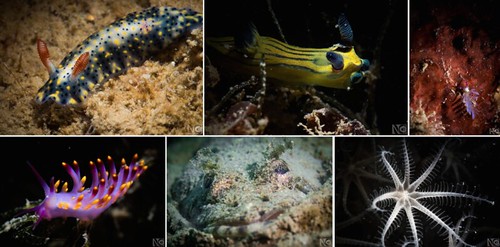
The Hantu blog celebrated its 14th anniversary last week. What better celebration than a couple dives at our beloved island! It was a beautiful sunny day, and we were blessed with a (relatively) fine 5m of visibility. Conditions were unusually calm, rendering the water surface smooth like glass. We got to the western seawall during low tide, and I decided to see what was in store for me on the deeper sandy bottom. By Nicholas Chew
Upon descent, I immediately spotted this ornate leaf slug under my nose. It was out in the open and unafraid, gorging itself on some delicious algae.
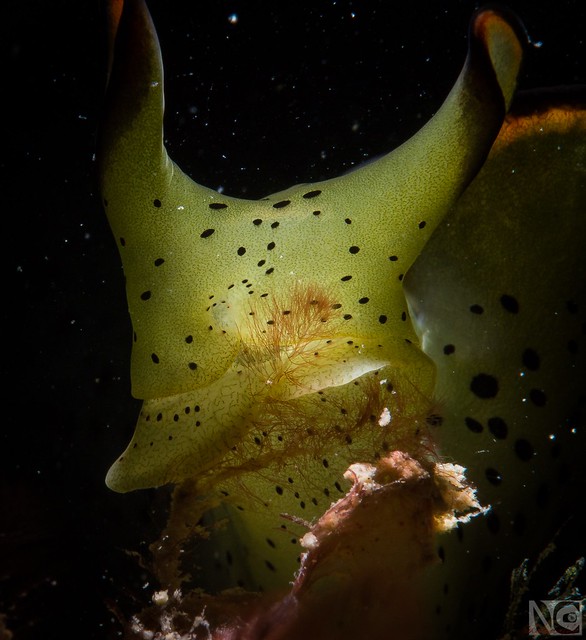
It even smiled for a portrait when it noticed me snapping away. Cheeky!
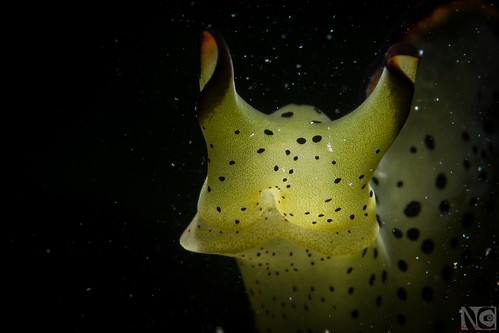
I found three of them that dive, including another pair that was sneakily mating under a ledge where I couldn’t fit my camera. These slugs are quite a mystery as they are sometimes not seen for months, but at other times very abundant.
I also spotted this tamja nudibranch, which is hard to miss with its strikingly complementary yellow body and dark blue rhinophores. These have been quite common at Hantu as of late.

Tenellia sibogae is one of my favourites for its crazy colours and cute face. Lucky for me, this one was perched nicely for some photos. There was a slight current then which didn’t feel like much but this fella seemed to be hanging on for dear life. 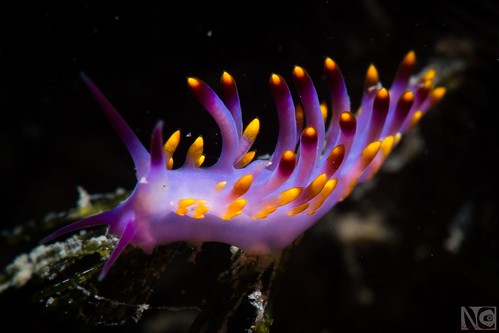
There were also a great assortment of other Gastropods. How wonderful are all these patterns and colours!
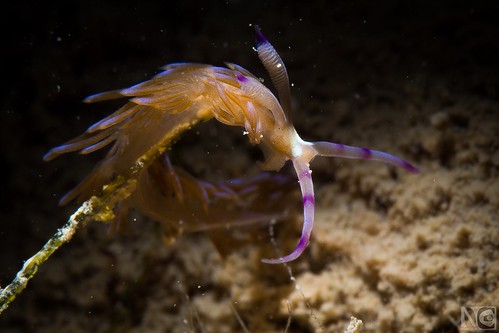
Pteraeolidia semperi, commonly known as the blue dragon nudibranch.
Here’s another one which was really tiny, and probably young.
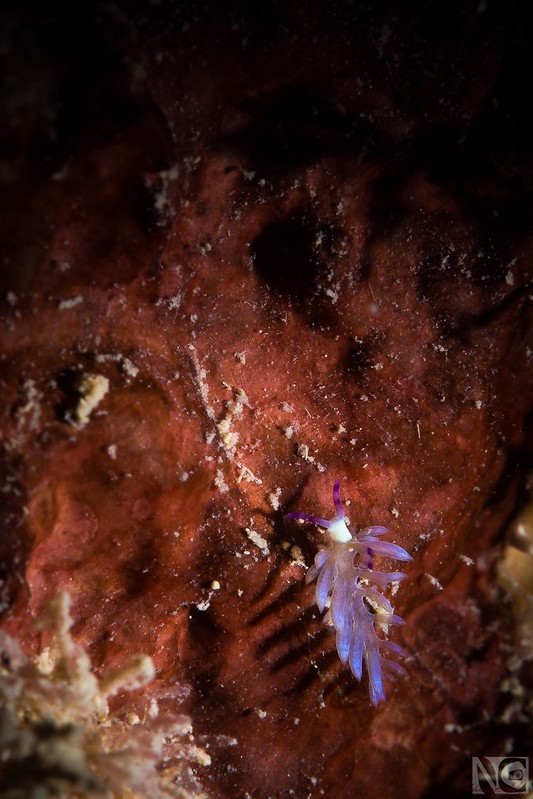
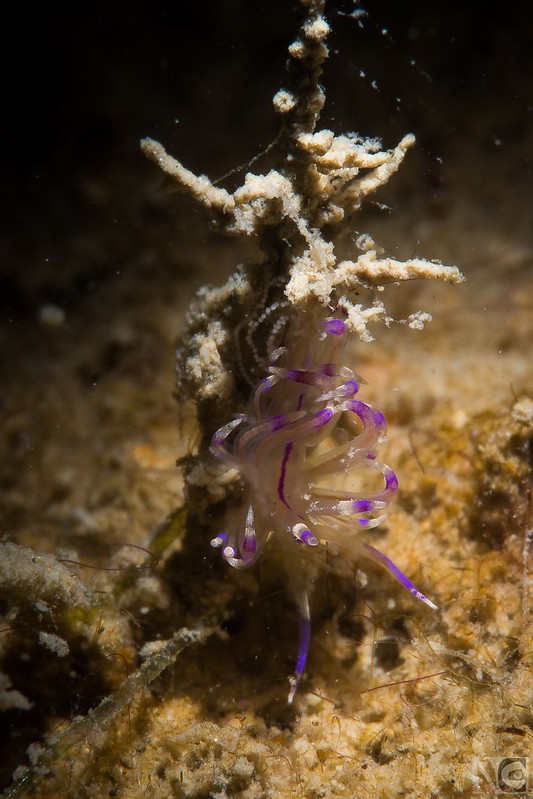
Flabellina angelvaldesi laying eggs!
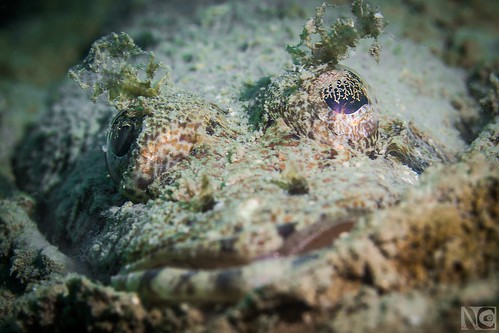
I found a large crocodile fish which I felt needed more practice in camouflage. I laughed when I saw its complete outline in the sand! It probably thought I couldn’t see it, and so stayed really still.
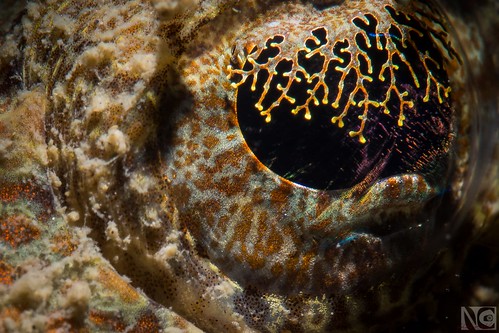
I took the chance to get really close to photograph its otherworldly eyes. In my obsession with fish eyes, I’ve realized that many of them show funky psychedelic patterns when lit at an angle.
The corals on the western reef currently show little bleaching as temperatures have been down lately. However, there are large areas of dead foliose coral on the reef crest which serve as stark reminders of past bleaching events. Climate change is catastrophic to our oceans and is killing off huge swathes of coral habitat across the planet. All of us are responsible to reduce carbon emissions by making informed changes to our consumption patterns and lifestyles. It isn’t about being a hippie greenie, but coming to the humble realization that we are direct beneficiaries and dependents on the very ecosystems we are destroying.
Corals can be very interesting to see up close:

I found a couple mushroom corals which were upside down. Divers, please be careful not to knock these corals off the reef slope. Flipping them back over, I was relieved to find them still healthy. Here’s a close up of a pretty one!
From the surface, I also saw schools of baitfish jumping across the water, which suggested exciting predatory action taking place!
The Hantu blog was founded 14 years ago with the goal of safeguarding Singapore’s natural marine heritage through outreach and education. I feel this movement has had much success. Today, the miracle of Pulau Hantu is appreciated by several small but passionate groups of divers as a place of ecological significance, and there is a newfound sense of ownership for this little reef. Nature has a surprising tenacity to survive, even in the face of relentless coastal development and our resulting murky waters.
But the mission is far from over: Pulau Hantu is marked out for “possible future reclamation” in the Population White Paper (2013) released by the Ministry of National Development. Hopefully, this reef will one day enjoy protection as a marine park and continue to captivate and inspire future generations.
On the way back to mainland Singapore, I felt a warmth in my soul, grateful to be part of this cause.
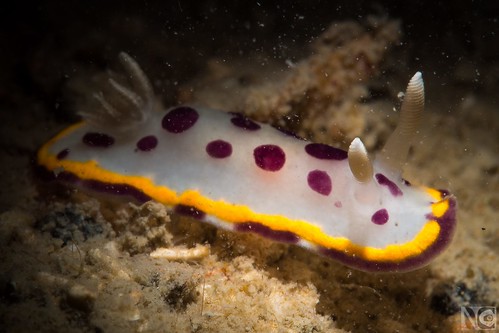
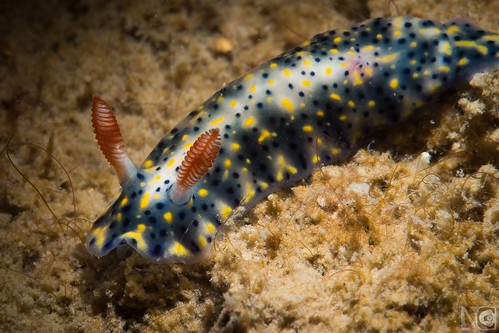
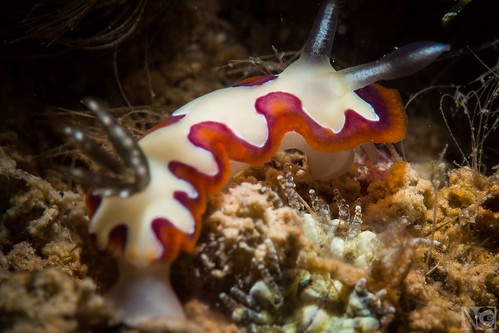

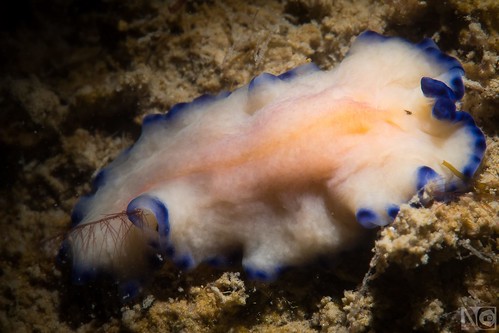


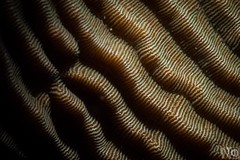
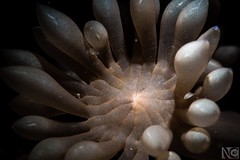

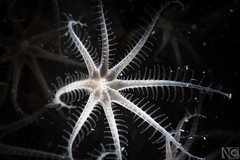
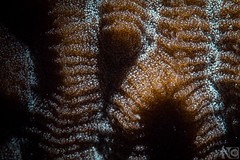
 Posted in
Posted in 



 content rss
content rss
COMMENTS